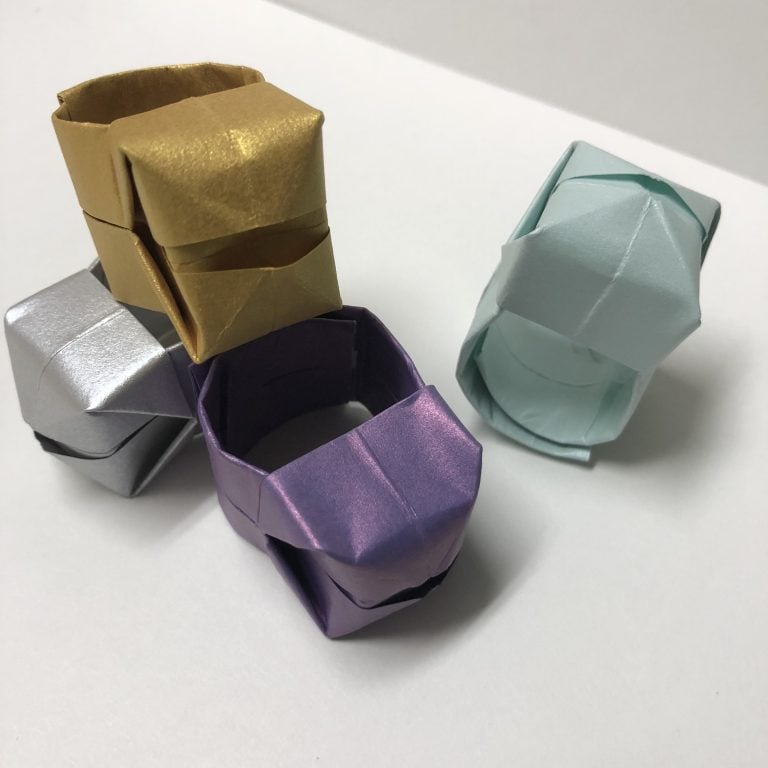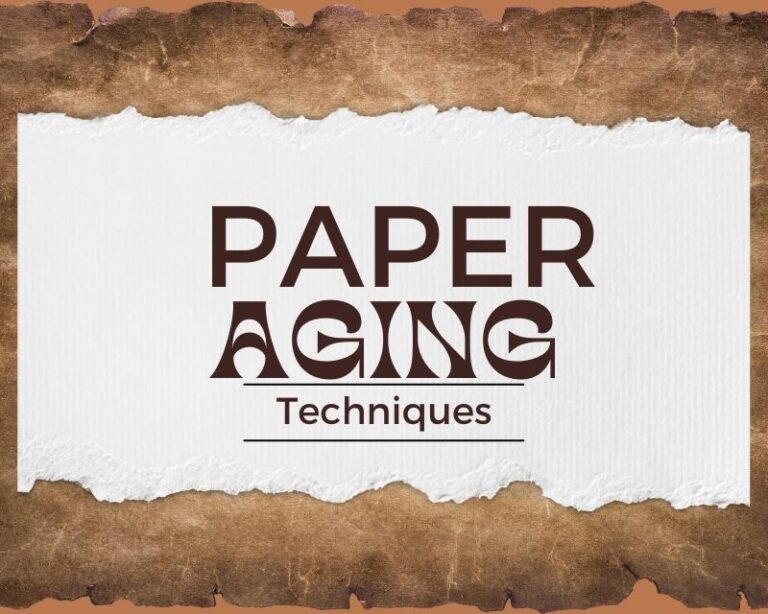Physical Properties of Paper
Have you ever wondered about the physical properties of paper that differentiate them from one another? Do you know how these properties of paper affect the quality of your prints? Just as there are different uses for paper, there are also different types for those uses.
In this article, we will discuss the many physical properties of paper and how it’s directly linked to its various uses.
5 Physical Properties of Paper
Lets Review the 5 Physical Properties of Paper.
1. Weight and Thickness
These two physical properties of paper are interrelated. The weight of any paper, measured in pounds, directly determines its thickness as well. With the right paper weight, you can ensure its durability and suitability for different applications.
Paper with higher weights and thickness adds to its sturdiness and durability. Paper products like business cards, postcards, and invitations weigh between 65 and 100 pounds. On the other hand, lightweight paper is used for everyday prints like pamphlets, brochures, letterheads, etc.
2. Opacity and Brightness
The opacity of a paper is measured by how much light can pass through the back of it. A highly opaque paper prevents ink from bleeding through it and could even sustain double-sided printing.
However, papers with lower opacity are usually semi-transparent and mostly used for artistic applications, like tracing paper.
In contrast, brightness refers to how much light the paper can reflect. Papers with high brightness give off a shiny look that enhances the colors and inks on it. Low-brightness paper has the opposite effect, giving off a more muted and duller shine than its counterpart.
3. Tear Resistance
Tear resistance is a physical property that measures the paper’s capacity to undergo stress. Good quality tear-resistant paper should be able to withstand constant handling, folding, and packaging. What keeps them from falling apart is the synthetic material they’re made up of, i.e., polymers, polyester, cotton fibers, etc.
One could also determine the tear resistance of paper by its thickness since thick paper is also durable. These qualities contribute to the longevity of the paper for various practical and industrial uses.
Such thick and tear-resistant paper is being used to make important documents, packaging material, currency, and passports.
4. Tones of White
When looking at the physical properties of paper, never compromise on color. Paper comes in several different shades of white, and the wrong one could make the prints look cheap. These papers are available in warm and cool tones, like blue-white, balanced white, natural, white, etc.
Blue-white papers are used the most since their high brightness allows colors to stand out. In contrast, the warmer whites have lower brightness and are mostly used for extended reading.
5. Paper Finish
A finish is an extra coating applied to paper during its manufacture. This affects the look and texture of the paper, helping to enhance the photos or illustrations on it. There are various coats and textures to choose from, depending on the purpose of the prints.
A glossy paper finish has a shiny and reflective coat best used for high-resolution images like in magazines. A matte finish is comparatively flat and non-reflective, ideal for making business cards and posters.
There’s also an option to leave paper uncoated, but that would be difficult to print because the ink would bleed.
Conclusion
There are various kinds of paper to choose from, all having different qualities and applications. To find the best type that suits your needs, you’ll need to look through the physical properties of paper. That includes the paper’s physical properties of weight and thickness, opacity, resistance to tears, finish, etc.
Fortunately, you can find high-quality papers right here at PaperPaper. We have a range of options you can choose from, perfect for printing, artistic projects, and more.







